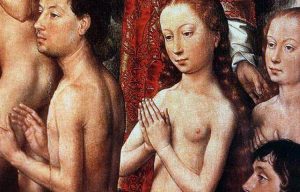 HANS MEMLING 1/4 – He was a German painter who moved to Flanders, working in the tradition of Netherlandish painting. His portraits is special in many aspects: it shows the high quality and sense of detail, and the man is portrayed in front of a landscape (he was one of the first painters to add a background to his portraits).
HANS MEMLING 1/4 – He was a German painter who moved to Flanders, working in the tradition of Netherlandish painting. His portraits is special in many aspects: it shows the high quality and sense of detail, and the man is portrayed in front of a landscape (he was one of the first painters to add a background to his portraits).
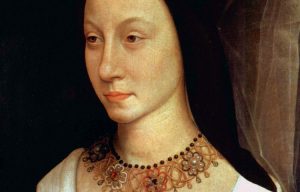 HANS MEMLING 2/4 – It is characteristic that the oldest allusions to pictures connected with Memling’s name, are those which point to relations with the Burgundian court. Memling’s painting of the Baptist in the gallery of Munich, is the oldest form in which Memling’s style is displayed. Portraits, were one of the most important parts of Memling’s production. One third of the artist’s works, still preserved today, are portraits.
HANS MEMLING 2/4 – It is characteristic that the oldest allusions to pictures connected with Memling’s name, are those which point to relations with the Burgundian court. Memling’s painting of the Baptist in the gallery of Munich, is the oldest form in which Memling’s style is displayed. Portraits, were one of the most important parts of Memling’s production. One third of the artist’s works, still preserved today, are portraits.
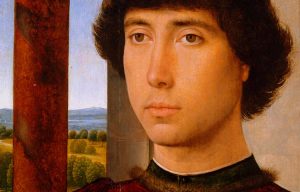 HANS MEMLING 3/4 – There is an apocryphal story, that he was a wounded at the Battle of Nancy, and that to show his gratitude he refused payment for a picture he had painted. He became sufficiently prosperous, that his name appears on a list of the richest citizens of Bruges. People feel inclined to compare him to a musical composer: he occasionally enchants, never offends, and never overwhelms.
HANS MEMLING 3/4 – There is an apocryphal story, that he was a wounded at the Battle of Nancy, and that to show his gratitude he refused payment for a picture he had painted. He became sufficiently prosperous, that his name appears on a list of the richest citizens of Bruges. People feel inclined to compare him to a musical composer: he occasionally enchants, never offends, and never overwhelms.
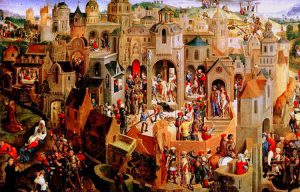 HANS MEMLING 4/4 – The 1470’s were probably the most prosperous years in Memling’s life. Memling’s reputation, was not only confined to Italy or Flanders,because The Madonna and Saints passed out of the Duchatel collection (into the gallery of the Louvre), and the Virgin and Child, painted for Sir John Donne (now at the National Gallery, London), show that his work was as widely known and appreciated in his century.
HANS MEMLING 4/4 – The 1470’s were probably the most prosperous years in Memling’s life. Memling’s reputation, was not only confined to Italy or Flanders,because The Madonna and Saints passed out of the Duchatel collection (into the gallery of the Louvre), and the Virgin and Child, painted for Sir John Donne (now at the National Gallery, London), show that his work was as widely known and appreciated in his century.
To pursue this issue, you can also read:
 Meeting Benches World art in all forms
Meeting Benches World art in all forms
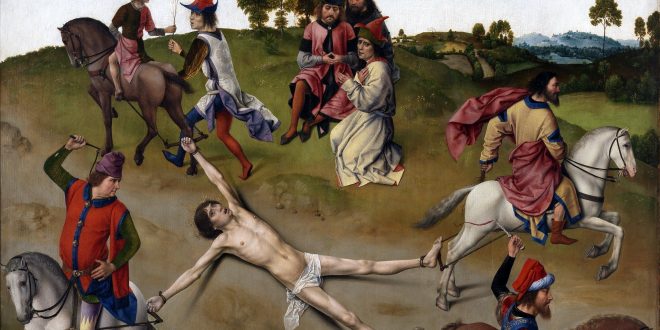

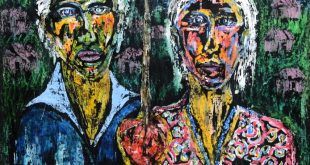
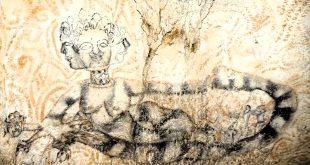
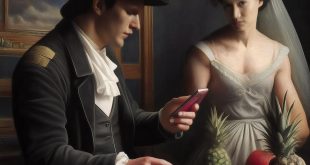
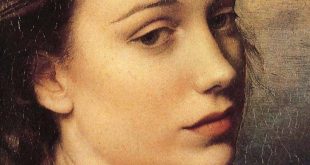


One comment
Pingback: MASTERPIECES OF ART IN THE CENTURIES – Man with Roman coin, by Hans Memling. Royal Museum of Fine Arts, Antwerp - Meeting Benches